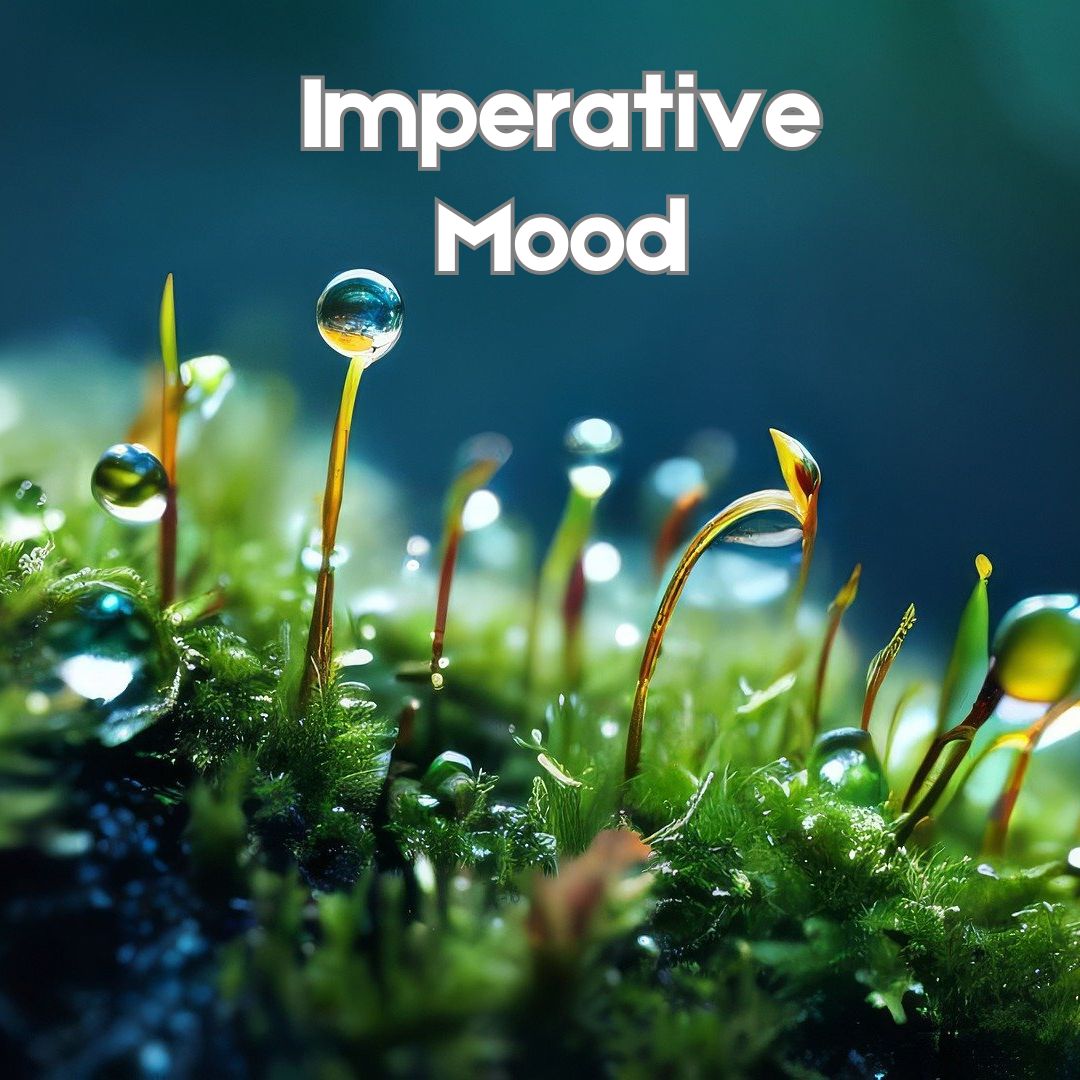The Imperative Mood

The Imperative Mood
The imperative mood is used to give commands, requests, or instructions.
It is often used to convey a sense of urgency or directness.
Rules for how to form imperative sentences:
Affirmative Imperative:
In the affirmative imperative, we use the base form of the verb (infinitive without to) to give commands or instructions.
Examples: Close the door.
Please, pass me the salt.
Take a deep breath.
Negative Imperative:
In the negative imperative, we use the auxiliary verb do not or don’t before the base form of the verb to form a negative command or prohibition.
Examples: Do not touch the red button.
Don’t forget to submit your assignment on time.
Don’t be late for the meeting.
Question Form in the Imperative:
The question form in the imperative is used to make a request or suggestion in a polite manner.
It typically starts with could you or can you followed by the base form of the verb.
Examples: Could you please pass me the menu?
Can you help me with this heavy box?
Could you let me know the time of the next train?
The Imperative Mood with the second person ( singular, plural):
Keep in mind that the imperative mood is usually used for addressing someone directly or when the subject of the sentence is you (either singular or plural).
If you want to address someone indirectly or use a different subject, you would typically use other sentence structures.
Remember, when using the imperative mood, the subject you is often implied and not explicitly stated in the sentence.
Examples:
Close the window. (addressing one person)
Close the windows. (addressing multiple people)
Please, pass me the book. (addressing one person)
Please, pass me the books. (addressing multiple people)
As you can see from the examples, the imperative mood is directly addressing the person or people being spoken to, and the subject you is understood without being explicitly stated.
The Imperative Mood with other subjects:
However, there are a few other situations where the imperative mood can be used with other subjects, though these instances are less common:
First Person Plural (We): The imperative mood can be used with let’s to make suggestions or invite others to do something together.
Example: Let’s go to the park.
Third Person (singular and plural): The imperative mood can be used in written or dramatic contexts to give commands to the third person.
Example: Let the show begin.
While these uses exist, they are less common and may have specific contexts or connotations.
In everyday communication, the imperative mood is predominantly used for second-person commands and requests.
The Indicative Mood-the Passive Voice
The Group of Tenses of the Passive Voice
Transitive and Intransitive Verbs
The Indicative Mood – the Active Voice- Finite forms of the Verb